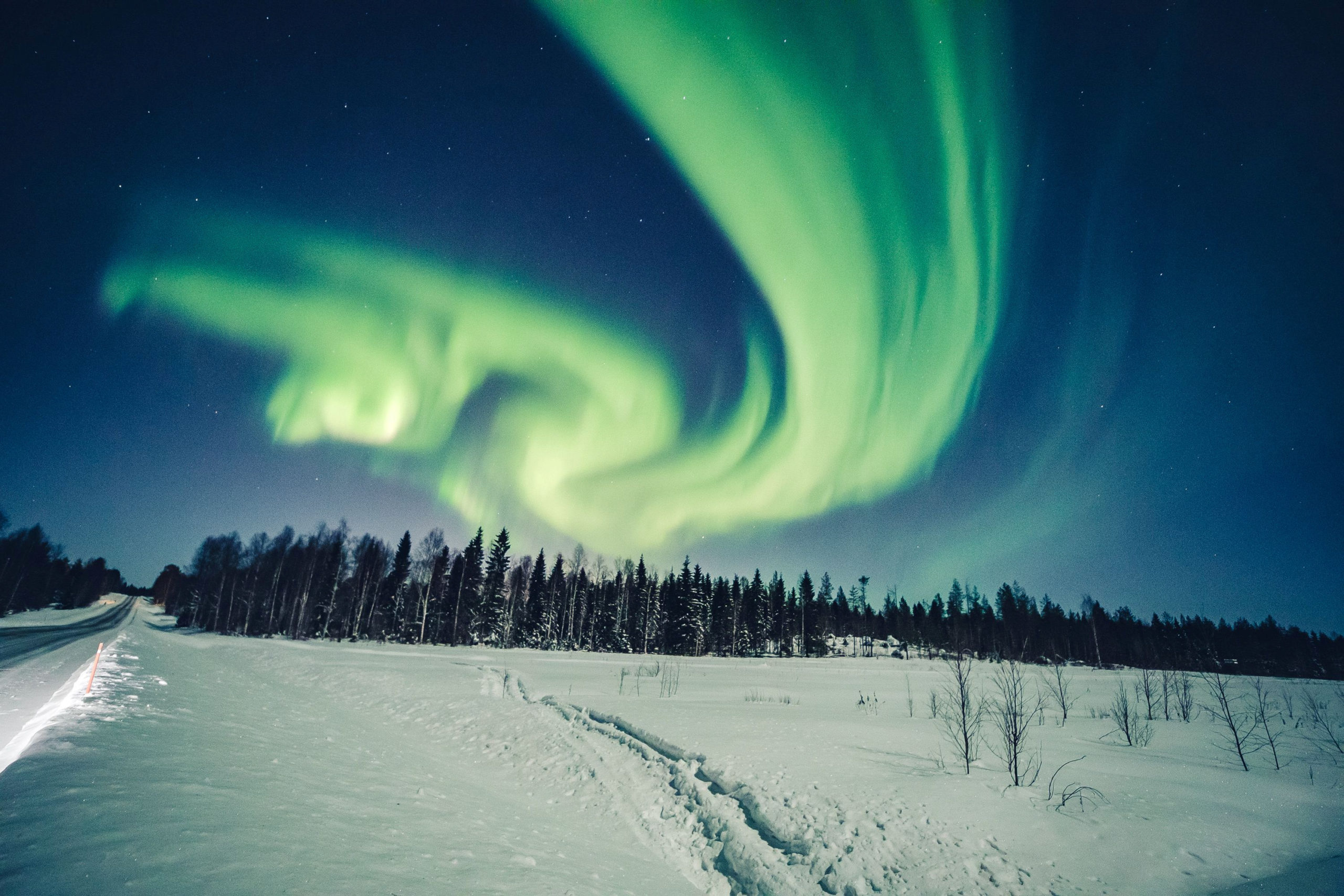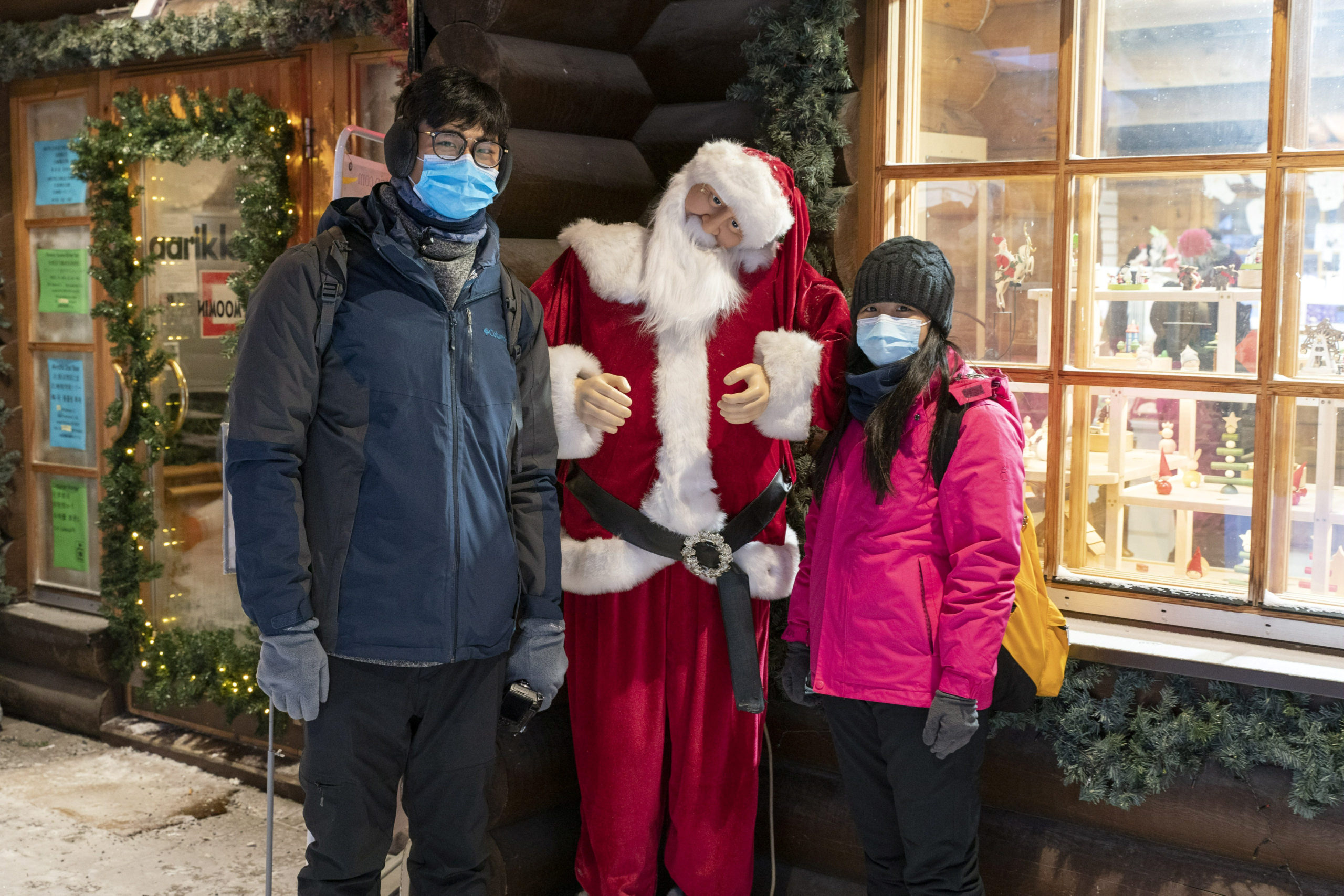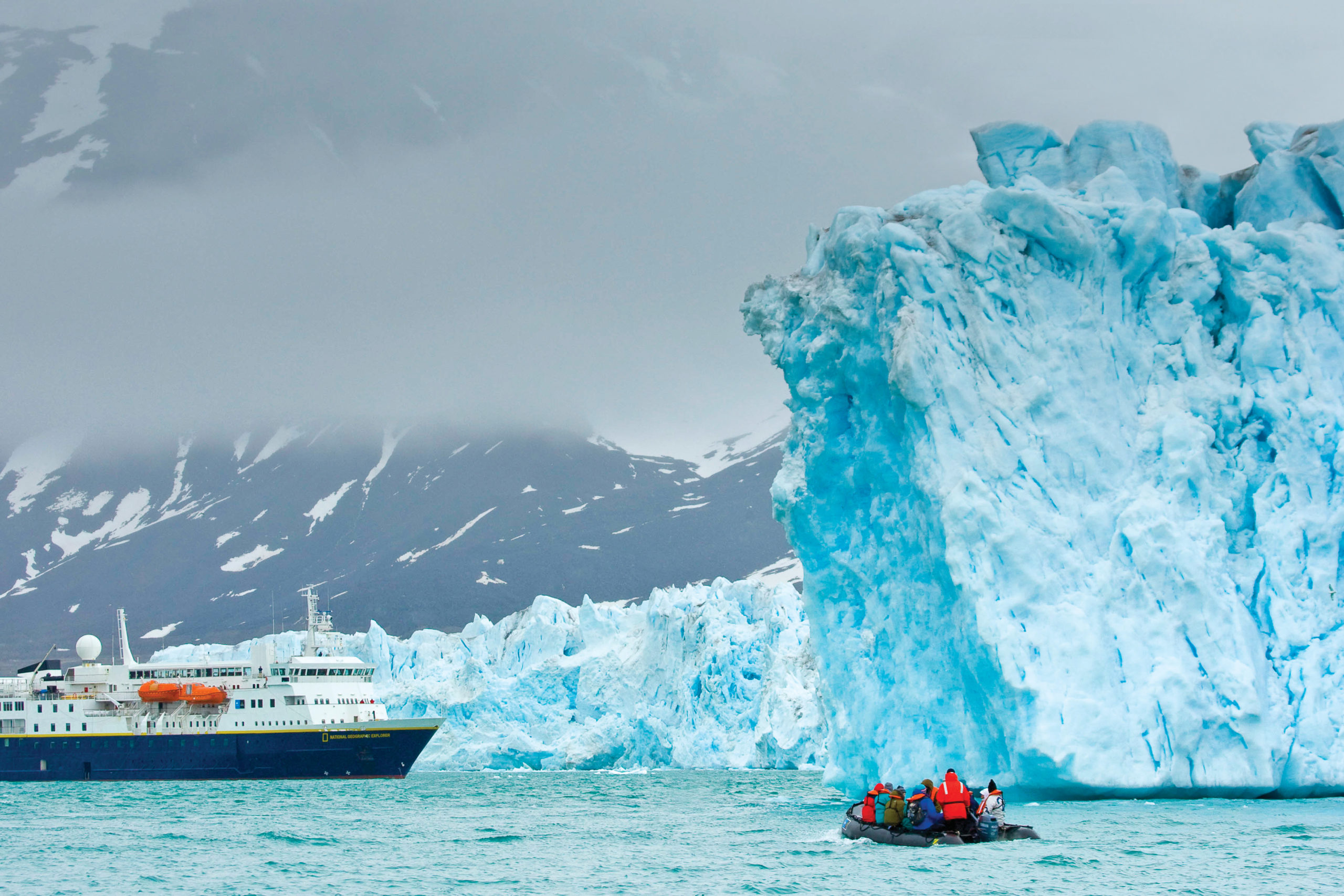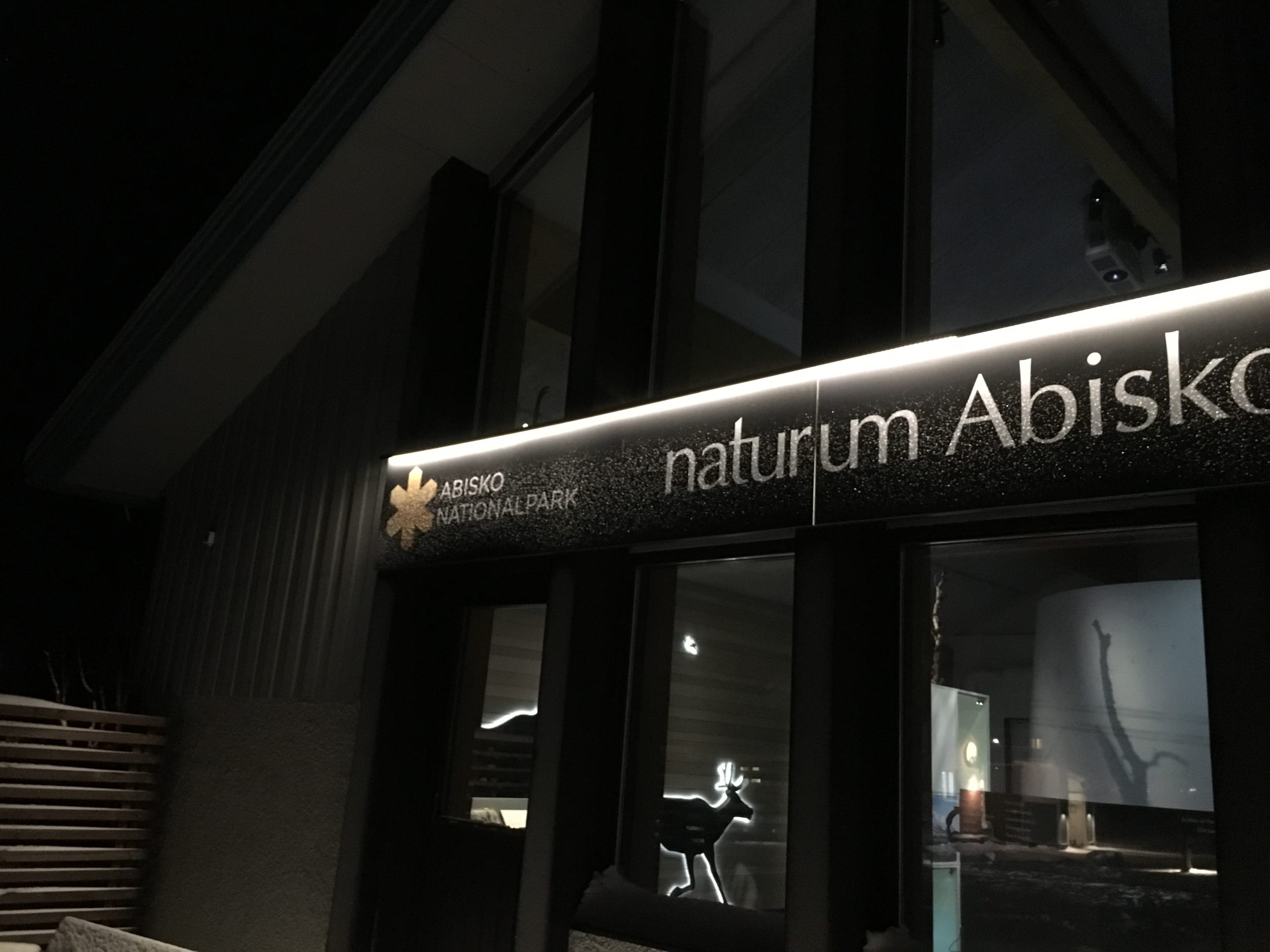With winter season in doubt, Europe’s Arctic travel industry warns of layoffs, bankruptcies
Domestic travel rose over the summer in Europe’s far north, but it has been unable to make up for the loss of foreign visitors.

A maze of coronavirus-related travel restrictions across Europe led many in the Nordic region to opt for domestic travel this summer. For some parts of the North, that meant a better-than-expected season, but the region’s travel industry says it is heading into an uncertain winter that already has some warning of layoffs and bankruptcies.
Last week, North European Invest, one of northern Finland’s largest travel-related businesses announced it had begun talks with employees that could see a significant reduction in its 2,000-strong workforce ahead of what the firm reckons will be soft demand amongst foreign visitors.
North European Invest operates 18 hotels, five ski resorts and has other seasonally related businesses. About two-thirds of its employees are hired on short-term contracts during the winter months.
[After years of over-tourism concerns, Iceland now has the opposite problem]
In addition to layoffs, it is considering redefining job descriptions and reducing employees’ hours, the company said in a statement.
Like many of the region’s travel-related businesses, North European Invest, which has an annual turnover of about €100 million ($120 million) was hard hit by the early end to the winter-travel season as Finland imposed measures to check the spread of COVID-19.
The company closed down operations at the end of March. It resumed operations in June with campaigns aimed at domestic travellers, but some 75 percent percent of the company’s sales come from foreign travelers and, with uncertainty about regulations for foreign visitors, as well as weak demand for foreign travel, the company said it was preparing for a significant decline in activity this winter.
Overall, the northern Finland saw a 15 percent downturn in the number of overnight stays between November 2019 and April 2020, according to data compiled by House of Lapland, a regional business lobby.
A survey published at the end of August found that 60 percent of the region’s travel businesses didn’t expect to survive until winter unless the situation changed. In May, the same survey found 48 percent of travel businesses didn’t expect to survive.

The gloomy outlook comes despite a summer season that, in some parts of the region, exceeded expectations. Northern Norway, for example, saw a 6 percent increase in the number of overnight stays in July, compared with the same month last year, according to Statistisk sentralbyrå, the national statistics office; nationally the figure was a decline of 3 percent.
That number, however, obscures a wide variations at the local level. Even as Nordland County saw a 20 percent rise in the number of visitors, Svalbard, already reeling from the loss of its entire winter season, reported 51 percent fewer guests in July.
Ronny Brunvoll, the head of the tourism board Visit Svalbard, admits things are bad for the travel industry everywhere, but, in Svalbard, this year, he says, they’ve been especially tough: Just as the high season in the territory was getting under way in March, the administration in Oslo began imposing measures to prevent the spread of COVID-19.
[The start of Svalbard’s cruise season is canceled]
Because of its remote location and lack of treatment facilities, tougher entry restrictions were imposed on Svalbard, and they were kept in place much longer than on the mainland. Most flights to the territory were cancelled. Service has resumed and travelers from some countries may now enter without having to quarantine themselves first. Cruise ships, however, have, in one way or another, been banned from landing in Svalbard since April and will not be able to return until at least November.
“First we lost the high season, then we lost the summer season, now companies are heading into the low season having not earned any money for five or six months,” Brunvoll says.

As in northern Finland, the tourism industry in Svalbard is pessimistic: A quarter of travel-related businesses say they are considering closing permanently, according to a Visit Svalbard survey. For many of the rest, the only option will be to suspend operations and re-open once the visitors begin to return.
[Arctic tourism businesses fear they won’t survive the coronavirus crisis]
Layoffs have already begun: this summer some hotels closed temporarily; those that stayed open idled as many as 80 percent of their employees. Brunvoll expects that once visitors return, businesses will be able to reopen and ramp up activities to meet demand, but he’s concerned the shutdowns have set the industry back.
“There will be tourism, but the question is what it will look like. A lot of the people who have lost their job have left Svalbard. When people start coming back, will we be able to offer the same safe, high quality visit?”
In Finland, the travel industry is hoping to stave off a downturn by setting up travel bubbles that will make it easy for people from countries with similarly low coronavirus-infection rates to visit. Getting more Finns to travel domestically this winter is another way to help the industry, and Finnair, the flag carrier, announced last month that it would increase the number of domestic flights to the North. Foreigners, however, comprise 70 percent of the region’s visitors and their absence will be hard to make up.
In Svalbard, the situation, according to Brunvoll, is similar: Norwegians make up a large portion of the territory’s visitors. More visited this summer than normal, but they could not make up for the drop in the number of foreign visitors, which, in July, a fall of 91 percent.
[For Northern destinations, spring is a season of discontent]
While foreign guests make up just 34 percent of northern Sweden’s visitors, the region is one of the most internationalized in the country, according to Andreas Lind, the chief executive of the Swedish Lapland Visitors Bureau. Years of promoting the region have helped to increase the number of visitors from abroad, but, this summer, he says, “was bad.”
Figures for July, the busiest month for the industry in northern Swedish, are due out this week. Lind expects they little year-on-year change in the number of domestic guests, who were drawn this year by deep discounts at hotels. In the June, though, the number of foreign visitors was down 86 percent. He doesn’t expect July to be any better.

Winter may be even worse. Most foreign guests come in January, February and March, but, even if COVID-19 went away tomorrow and all the travel restrictions with it, restarting the industry — both in terms of supply as well as demand — will take more than just a few months, said Lind.
“This isn’t just a downturn; this is a redefining moment,” he says. “In the industry, people are going to talk about the period before corona and the period after corona for generations to come.”
He predicts guests will return to northern Sweden eventually, perhaps even in search of precisely the qualities Arctic regions sell themselves on: natural experiences, authenticity, wide-open spaces.
While destinations are waiting for the travel industry to restart, he suggests they use their absence to make it clear to themselves and others what their role in the economy is.
“That’s something we’ve been working on for years, but people didn’t know what we had until it was gone.”